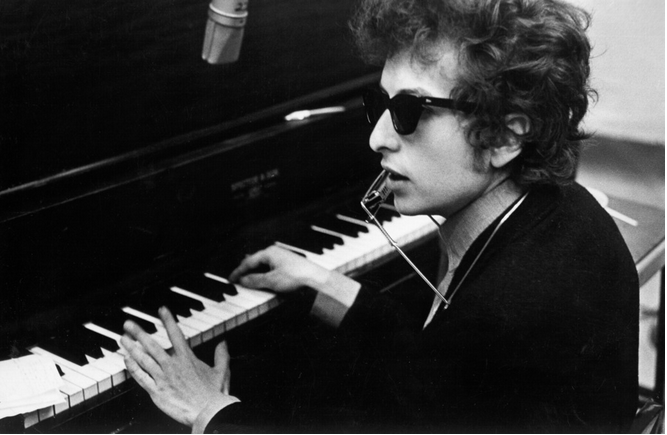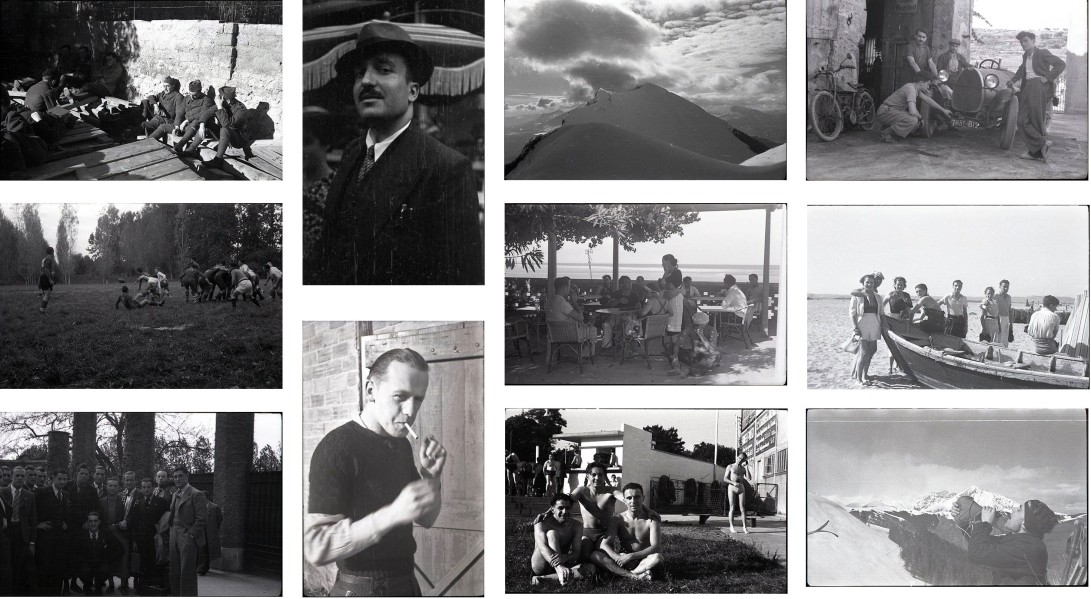The interactive video is a new form of music video where the public can interact with the images. For a few years now, many artists have been using interactive video to create a new form of interactivity with their public. We can find many different interactive videos on Internet. For example, Pharell William created a 24-hour video where people dance to his song “happy”, or Arcade Fire created a video where the user enters his address (or any address) and sees a drawing walking on Google map while images of Google street maps appear in another window.
In the world of the interactive video, there is “Like a rolling Stone” by Bob Dylan. This video is thinking like a television where the public can switch from one channel to another during the music. At first, we can think that images are archive images and that Bob Dylan has just record the song over the video. We can see a news channel, music channel, history channel, a concert of Bob Dylan of and many other different channels. But, finally, all these channels and images are created for the video of Bob Dylan. There is just the video of Bob Dylan’s concert of 1977, which is an archive. The rest seems to be archives, or real TV images, but it’s not.



